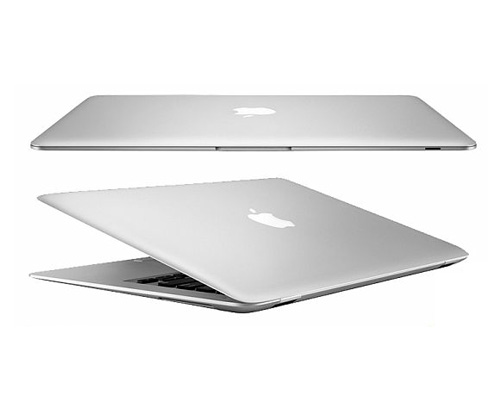“[Apple] has become so synonymous with both good design and minimalism that most people assume those two things are one and the same. They’re not: You can have good design that’s fanciful and wacky; likewise, you can have minimalist design that’s horrible.” – Despite What Apple Insists, Good Design Doesn’t Mean Just Minimalism
This article tells how Apple has successfully integrated its design strategy with its business strategy. Unfortunately it also confuses good looks with good design just a tad too much for my liking.
There are many definitions of good design out there. For me, a good design is fundamentally:
- its suitability for purpose (how useful it is),
- its respect for people and the environment (usability and environmental sustainability throughout its lifespan), and
- the intellectual rigour and depth behind its creation (thoughtfulness and whimsy even.)
Of course looks or style has a part to play too. But I am inclined to stick it inside the “suitability for purpose” item because “it depends”. The look must be designed to communicate the right messages to the intended audience for the whole design to be judged as good.
A Kmart catalogue is good design because it communicates cheap and plentiful to their intended audience. A Bang and Olufsen catalogue is also good design because it communicates luxury, quality and class to their intended audience.\
Consider the three approaches to laptop design below.

MacBook Air minimalist style. From $1,499 USD. Image from Apple District.

Ego Lifestyle luxury. From $10,900 USD. Image from Avant Gallery.

Thinkpad T20s form follows function. From $1,029 USD. Image from LenovoThinkpad.org.
At the simplest level we react to these approaches visually/viscerally. Do we like the look? Unfortunately in the public sphere the evaluation of design often stops here. “Designer” is a dreadfully muddled term that is mindlessly used to refer to whatever is currently fashionable. It gives permissions to not think too seriously about the design. The product description of the Ego Lifestyle illustrates this perfectly.
Contrary to the title of the Fast Company design article, the “look” or style has little to do with whether a design is “good” or “bad.”